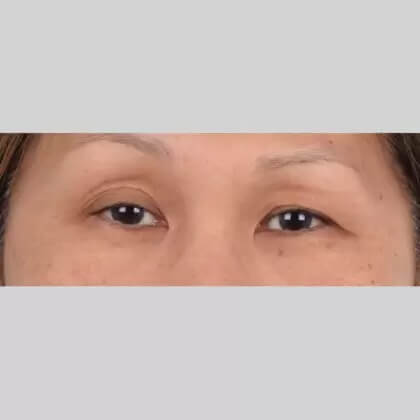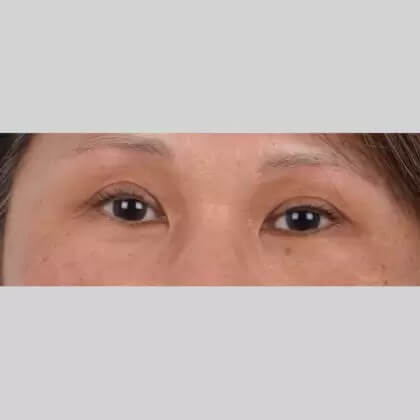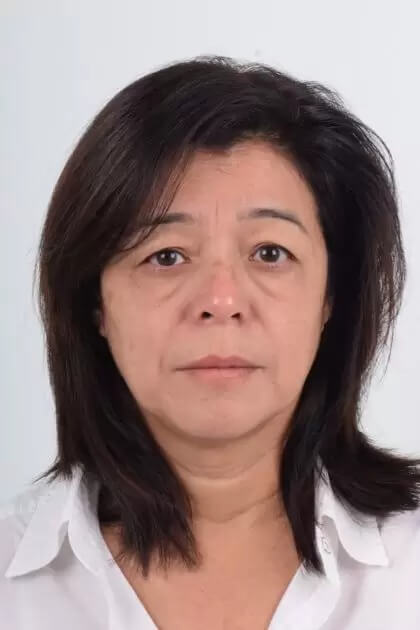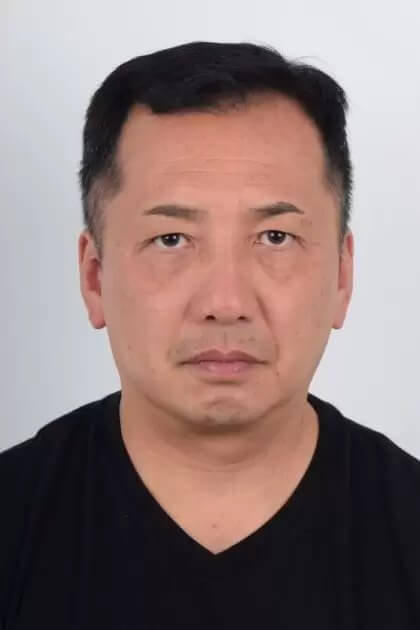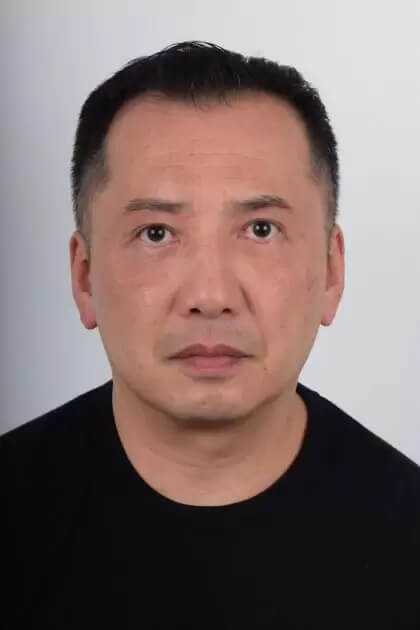Lower Blepharoplasty
 With age, fat begins to protrude and skin and muscle start to sag at the lower eyelid region. This can spontaneously occur with age when the soft tissue structure called septum of the eyelid begins to weaken and atrophy. Septum functions as a thin wall that confines fat tissue, and as the septum begins to loosen, the fat around the eye starts to move below the eye giving the look of puffiness or eye bags. Also, the lower eyelid skin is stretched and weakened that it accumulates lines.
With age, fat begins to protrude and skin and muscle start to sag at the lower eyelid region. This can spontaneously occur with age when the soft tissue structure called septum of the eyelid begins to weaken and atrophy. Septum functions as a thin wall that confines fat tissue, and as the septum begins to loosen, the fat around the eye starts to move below the eye giving the look of puffiness or eye bags. Also, the lower eyelid skin is stretched and weakened that it accumulates lines.
Additionally for Asians, the orbicularis oculi muscle under the lash line descends, deflating the youthful lower eyelid fullness. Eyelid surgery, if performed properly, can improve the appearance of these conditions: eye bags, loose skin, and dark circles (depending on the cause). Because eye sagging may appear to be caused by fat deposition, merely removing fat will not solve the problem. Surgeons will have to examine whether the facial bone structures underneath the lower eyelid is normal, and find out whether a patient requires a fat removal or fat reposition. The correct method depends on the condition of each patient.
What is a Lower Blepharoplasty?
With age, fat begins to protrude and skin and muscle start to sag at the lower eyelid region. This can spontaneously occur with age when the soft tissue structure called septum of the eyelid begins to weaken and atrophy. The septum functions as a thin wall that confines fat tissue, and as the septum begins to loosen, the fat around the eye starts to move below the eye giving the look of puffiness or eye bags. Also, the lower eyelid skin is stretched and weakened that it accumulates lines. Additionally, for Asians, the orbicularis oculi muscle under the lower lash line descends, deflating the youthful lower eyelid fullness.
Though the lower eyelid sagging may appear to be caused by fat deposition, merely removing fat often does not solve the problem. Surgeons will have to examine whether the facial bone structures underneath the lower eyelid is normal, and determine if a patient requires fat removal, fat repositioning, or fat grafting. The correct method depends on the condition of each patient.
Surgical Techniques
Modern advancements have been made to correct some of the problems associated with traditional lower eyelid surgery. Lower blepharoplasty is a procedure that incorporates the following advancements.
TRADITIONAL
The traditional technique of lower eyelid surgery was done by removing the fat and some of the excess skin, which was then stretched. Several problems occurred with this traditional technique. By simply removing the fat, patients were left with hollowed eye appearances, causing them to look unhealthy and malnourished. The traditional method does not enhance the patients’ appearances and they are left dissatisfied with the results. Additionally, older patients with architecturally weaker lower eyelids, may experience eyelid turn down or sagging (technically called ectropion or scleral show) by use of this older technique.
FAT TRANSPOSITION
Newer techniques no longer remove the excess fat but reposition it, transposing it to the area that is depressed or concave. As stated above, the main problem of the sagging lower eyelid was due to the weakened septum that could no longer tightly hold fat tissue. Thus, fat repositioning would not only remove excess fat but also enhances the area that is deprived of the fullness. This way, patients will not have to worry about a malnourished appearance.
MUSCLE RELEASE
CHEEK LIFT
MUSCLE SUSPENSION
Muscle suspension is also performed by re-elevating the orbicularis oculi muscle back to its original position. For many Asian patients, this creates the highly desired youthful lower eyelid fullness (see Youthful Lower Eyelid Fullness). And unlike the traditional technique of canthopexy or canthoplasty, the advancements do not alter the eye’s anatomy, providing for the eye’s natural shape.
FASCIAL SUSPENSION
Fascial suspension is also performed by re-elevating the orbicularis oculi muscle fascia back to its original position. For many Asian patients, this creates the highly desired, youthful lower eyelid fullness (see Youthful Lower Eyelid Fullness). And unlike the traditional technique of canthopexy or canthoplasty, the advancements do not alter the eye’s anatomy, providing for the eye’s natural shape.
Another important factor is that by suspending the fascia of the orbicularis oculi muscle, the muscle as a whole moves up. However, if the muscle is pulled up as commonly done, then over time the suture that is suspending the muscle will cheese-wire/cut through the muscle; therefore, leading to recurrence and lower eyelid skin/muscle sagging.
DARK CIRCLES
Procedure
The lower eyelid surgery takes place under local anesthesia, with or without oral sedatives. The duration of the surgery is 1.5 to 2 hours. The skin stitches will be removed 5-7 days after the surgery at our office. The critical swelling will subside in 1 week, and the remaining swelling will subside gradually within 8-12 weeks.
EYE SURGERY
- Asian Eyelid Surgery
- Asian Eyelid Anatomy
- Awake Blepharoplasty
- Lower Blepharoplasty
- Droopy Eyelid Correction
- Double Eyelid Surgery
- Instant Non-Surgical Double Eyelid Surgery
- Double Eyelid Surgery for Younger Patients
- Double Eyelid Surgery with Ptosis Correction
- Double Eyelid Surgery Before and After
- Dynamic Open Technique
- Eyelid Lift Before and After
- Eyelid Crease Specifications
- Lateral Canthoplasty
- Lower Eyelid Fat Removal
- Ptosis Repair
- Non-Surgical Ptosis Correction
- Revision Double Eyelid
- Sub-Brow Lift
- Suture Technique Double Eyelid
- Vector-Calibrated Incisional Technique (VCIT)
- Youthful Eyelid
- 3 Dimensional Suture Technique Double Eyelids Surgery




